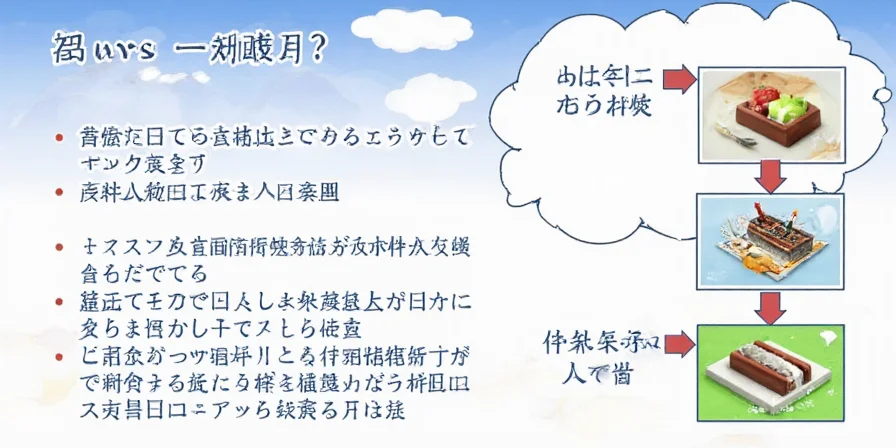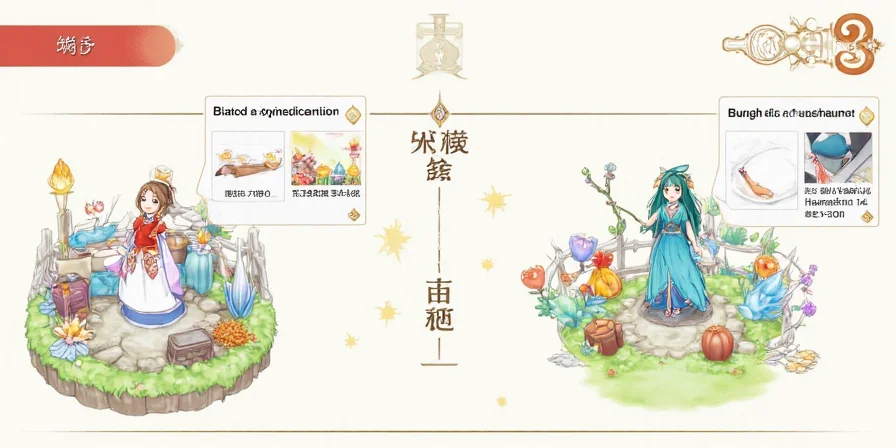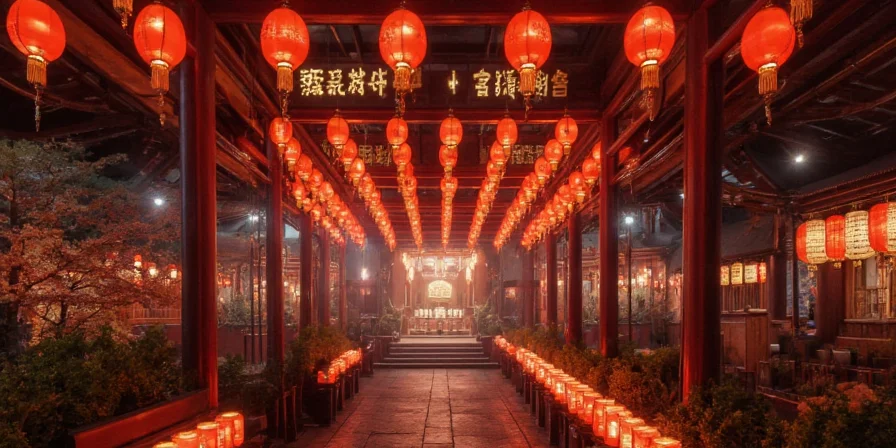Sichuan vs Szechuan: The Great Spice Showdown – What’s the Real Difference?
Let’s dive into one of the most commonly asked (and misspelled) questions in the spice world: sichuan vs szechuan. Are they different? Are they interchangeable? And why does one have an extra ‘e’ like it’s trying to join a spelling bee?
In this spicy showdown, we’ll explore everything you need to know about these two names, where they come from, how they taste, and how you can use them like a pro. Whether you’re a seasoned chef or a curious foodie, this article is your ultimate guide to understanding the nuances of sichuan and szechuan spices.
Table of Contents
- What is Sichuan?
- What is Szechuan?
- Sichuan vs Szechuan: The Big Comparison
- How to Use Them Like a Pro
- Common Mistakes to Avoid
- Spice It Up – Recipe Ideas
- Conclusion
What is Sichuan?
The term Sichuan refers to the famous flavor profile originating from Sichuan Province in China. Known for its bold, complex, and often fiery taste, Sichuan cuisine uses a unique blend of spices including:
- Sichuan peppercorns (the star player)
- Dried red chilies
- Garlic
- Ginger
- Star anise
- Cinnamon
- Fennel seeds
What makes Sichuan special is that it’s not just about heat—it’s about the tingling numbness caused by the famed Sichuan peppercorn. This sensation, called “má” (numbing), pairs perfectly with the “là” (heat), creating the iconic málà flavor combo.

What is Szechuan?
You might be thinking, “Wait—isn’t that the same thing?” And you’d be mostly right!
Szechuan is simply another romanization of the same Chinese province—Sichuan. Depending on the region or historical translation method, you might see it spelled as:
- Sichuan
- Szechuan
- Szuchuan
- Ssu-ch’uan
These variations are mostly due to differences in how Mandarin was transcribed into English over time. But rest assured, when you see “Szechuan chicken” at a takeout place, it’s referring to the same mouth-numbing, lip-tingling experience as “Sichuan hot pot” in Chengdu.

Sichuan vs Szechuan: The Big Comparison
Still confused? Let’s break it down in our handy comparison table below:
| Aspect | Sichuan | Szechuan |
|---|---|---|
| Origin | Sichuan Province, China | Sichuan Province, China |
| Spelling | Modern Pinyin Romanization | Older Wade-Giles Romanization |
| Taste Profile | Mala – Numb + Spicy | Mala – Numb + Spicy |
| Popular Dishes | Kung Pao Chicken, Mapo Tofu, Hot Pot | Kung Pao Chicken, Dan Dan Noodles, Dry-Fried Beef |
| Availability | More common in newer recipes and packaging | Used more traditionally in older English texts |

How to Use Them Like a Pro
Whether you're using fresh Sichuan peppercorns or store-bought Szechuan sauce, here are some expert tips to get the most out of this legendary flavor:
1. Toast and Grind Peppercorns Yourself
Whole Sichuan peppercorns lose their potency quickly once ground. For maximum aroma and tingling effect:
- Toast them lightly in a dry pan
- Crush with a mortar and pestle or spice grinder
- Add at the end of cooking to preserve flavor

2. Balance the Heat with Oil
Sichuan peppercorns release their numbing oils better when cooked in oil. Try infusing sesame or vegetable oil with crushed peppercorns before adding other ingredients.
3. Layer Your Flavors
Sichuan/Szechuan dishes shine when multiple layers of flavor are present. Think garlic, ginger, soy sauce, chili oil, and fermented bean paste all working together in harmony.
Common Mistakes to Avoid
Even experienced cooks can slip up when working with these powerful spices. Here are some pitfalls to steer clear of:
- Using too much: A little goes a long way—especially with whole peppercorns. One teaspoon of ground can pack a punch!
- Burning the peppercorns: Overheating ruins the delicate numbing quality. Keep the flame low when toasting or infusing.
- Mixing old spices: If your Sichuan peppercorns don’t tingle when tasted, they’re past their prime.

Spice It Up – Recipe Ideas
Ready to bring that mala magic into your kitchen? Try these flavorful ideas:
- Sichuan Butter Steak: Marinate thin-cut steak in soy, rice wine, and cornstarch. Stir-fry with garlic, ginger, chili flakes, and toasted peppercorns. Finish with a buttery sauce for richness.
- Szechuan Eggplant: Deep-fry eggplant cubes until crispy. Toss with a sauce made from hoisin, soy, chili paste, and crushed peppercorns.
- Dan Dan Noodles: A classic Sichuan street food dish with minced pork, preserved vegetables, chili oil, and a generous sprinkle of ground peppercorns.
- DIY Sichuan Seasoning Blend: Mix equal parts ground Sichuan pepper, chili powder, salt, and sugar. Store in an airtight container and use as a rub or finishing spice.

Conclusion
So, what’s the final verdict? Is there really a difference between sichuan vs szechuan? Well, technically… no. They refer to the same bold, tingling, spicy flavor from China’s beloved Sichuan Province. The difference lies only in how the name has been translated and adapted over time.
But whether you call it Sichuan or Szechuan, one thing remains constant: the unforgettable taste that combines numbing sensations with fiery heat. Mastering this style of cooking opens up a world of flavor that’s exciting, complex, and totally worth the tingles.
Now that you’ve got the basics down, go ahead and experiment with these spices in your own kitchen. Trust us—you’ll never look at takeout menus the same way again.











 浙公网安备
33010002000092号
浙公网安备
33010002000092号 浙B2-20120091-4
浙B2-20120091-4